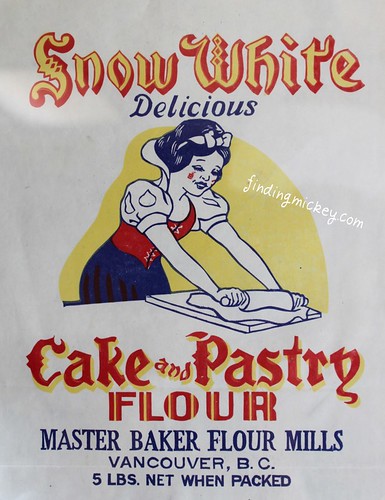This post is part of my bachelor paper ‘The Evolving Role of Creativity in Brand Management’. You can see the other posts and the table of contents here.
The product paradigm reflects a tactical approach to branding and brand management with the product as the most important consideration. The brand definition best suiting this paradigm is the long-standing definition of the American Marketing Association that sees brands, as mentioned before, as “[a] name, term, design, symbol, or any other feature that identifies one seller’s good or service as distinct from those of other sellers” (American Marketing Association 2010). Within this approach to brand management, marketing management is chiefly focused on the marketing mix, with the product as the most important outcome and source of value creation (Louro & Cunha 2001, p.856). The function of brands within this approach is mostly in its legal and signifying functions, and therefore closely resemble Gries’ (2006, p.15) and Tropp’s (2004, p.23f) first phase in the history of brands.
Next: the projective paradigm.
—
Gries, R., 2006. Produkte & Politik: zur Kultur- und Politikgeschichte der Produktkommunikation, Facultas Verlag.
Louro, M.J. & Cunha, P.V., 2001. Brand management paradigms. Journal of Marketing Management, 17(7), pp.849–875.
Tropp, J., 2004. Markenmanagement: Der Brand Management Navigator. Markenführung im Kommunikationszeitalter, VS Verlag.
